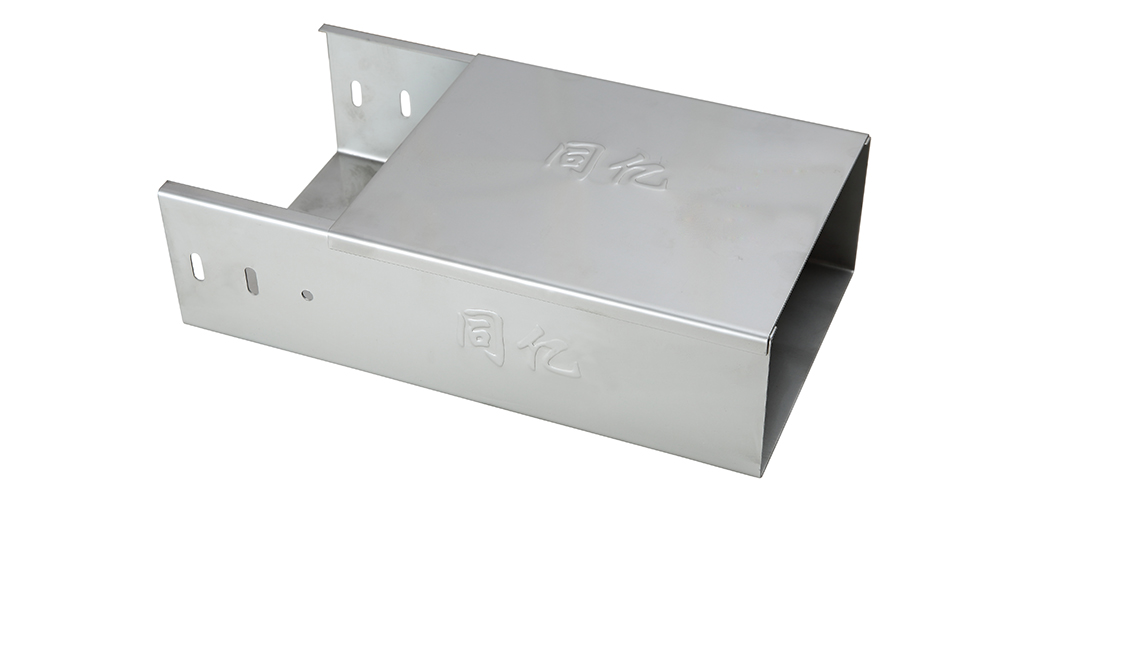15591, 46019
Business Type:
Limited Company
Business Range:
Cable tray, steel conduit, seismic bracket and v,
Management System Certification:
Terms of Payment:
LC, T/T
OEM/ODM Availability:
No
Trial Member
1 years
Audited Supplier


















